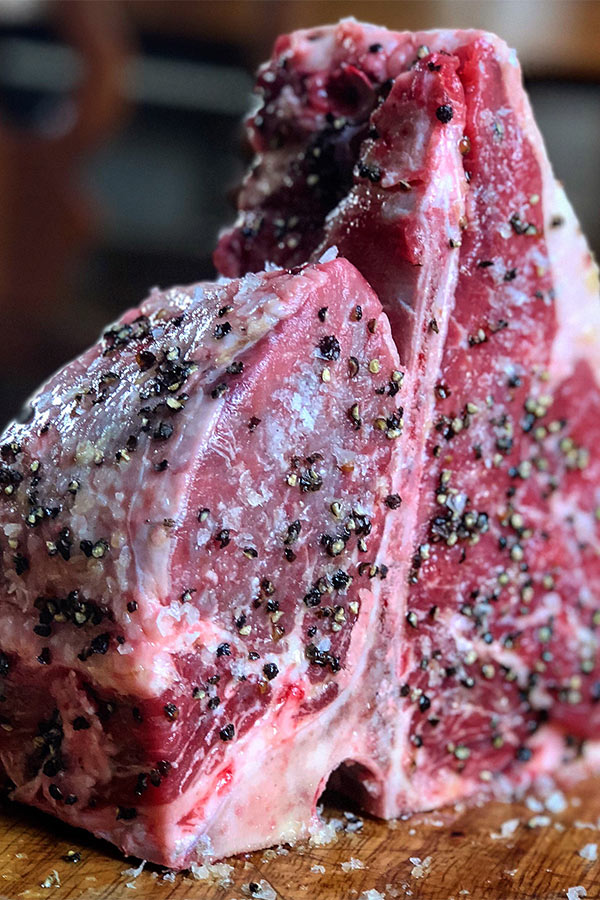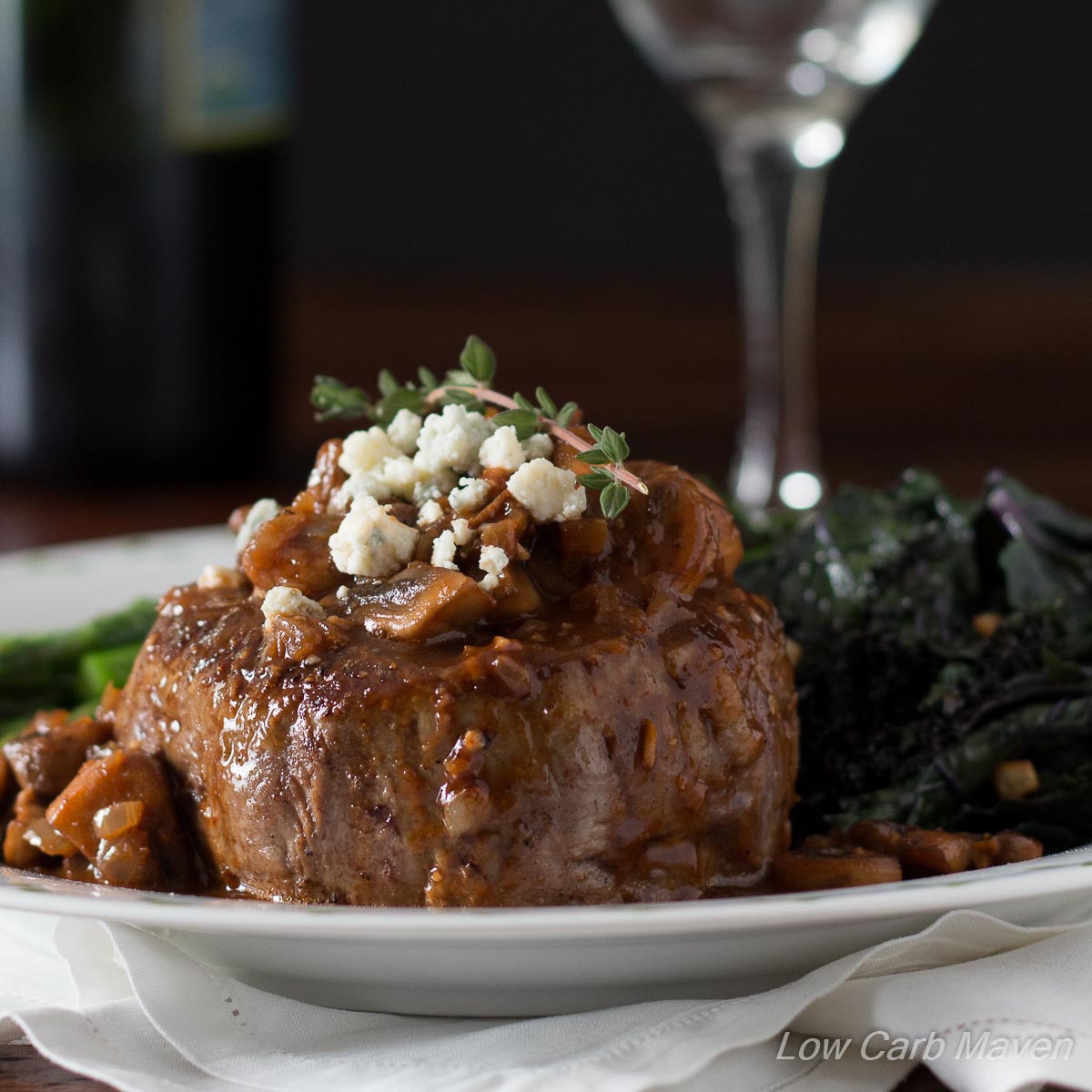
Follow the manufacturer's instructions to broil steaks. For a 3/4-inch steak, it will take six to ten minutes to broil. For a 1-inch one, it will take twelve to seventeen mins. You can determine when your steak has reached the desired doneness by using an instant-read thermometer. Whether you like your steak rare or well-done depends on your taste. The recommended cooking time for either type of meat is six to 10 minutes.
Steaks that are still warm should be prepared at room temperature. To prepare your broiler for broiling, heat it to 550°F. Season the steak with 1/4 teaspoon dry mayonnaise, half a teaspoon garlic powder, one teaspoon of seasoning salt. You can also add some coarsely-ground pepper to the steaks if needed. Place the steaks on a rack eight to ten inches away from the heat source. After the steaks are cooked, turn them around halfway.

You can cook your steaks on the stovetop first to get a crispy crust. You can use a cast-iron skillet or regular skillet for this step. Make sure that the skillet is preheated so that it's ready to place the steaks on it. Spread half the pepper salt and salt evenly on the steak. Next, sprinkle the remaining salt over the steak. Move the skillet to the broiler. Continue cooking the meat for 1 more minute.
Before broiling steaks, be sure they are at room temp. If they're not at room temperature, they could seize and reduce the tenderness. Raw meat shouldn't be kept in the fridge for longer than two hours as it can harbor harmful bacteria growth. Avoid this problem by taking the steak out of the fridge 30 minutes before it is ready to cook. Let the steak rest for five to ten minutes after it has been fully cooked.
If you are grilling steaks, it should reach 145 degrees Fahrenheit. For medium-rare steaks, the USDA recommends 160°F. To do this, place the steak on top rack in the oven. Then move the steak onto the stovetop. Finally, place the steak under the broiler. The steak is cooked when it reaches 125°F. You can still cook it if it is still undercooked. After it has cooled, take it out of the broiler. Allow it to rest for ten minutes before you slice it.

For a juicy steak, cook your steak in the oven for three to four minutes on each side. Once the steak is cooked, place it on a rack. Allow it to rest for 10 min. The steak should reach room temperature before serving. The steak should feel tender to the touch and have a crust. The steak should be cooked to medium-rare or rare degrees at 125°C. Once cooked, allow it to rest for about 15 minutes before serving.
FAQ
Is it possible to be self-taught?
Yes, you can self-teach cooking! It is something everyone enjoys, regardless of their level of cooking ability. You can learn to cook by starting at home. You can start small by making spaghetti sauce for dinner or pancakes for breakfast. It is important to experiment with new recipes to learn how to cook. You might even make some mistakes.
The time it takes to learn to cook can vary from just a few hours up to several weeks, depending upon your skill level. It's important to remember that cooking isn't just about following recipes. There are many methods to prepare food.
Can I learn to cook alongside my kids?
Yes! Kids love to help in the kitchen. It's a great way to teach responsibility and teamwork. From washing vegetables to chopping onion, children can help. Children will love helping to cook if they are taught safe knife handling techniques.
What should a beginner chef learn?
For beginners, it is best to begin with something simple like pasta, rice or soup. For those who want to learn how cook, a recipe book is a good option. Cooking with others is more enjoyable. Cooking together is fun with family members or friends.
Statistics
- The median pay for a chef or head cook is $53,380 per year or $25.66/hour, according to the U.S. Bureau of Labor Statistics (BLS). (learnhowtobecome.org)
- In the United States, the category is estimated at $23.2 billion annually and is growing faster than the market. (washingtonpost.com)
- According to the BLS, chefs earn $58,740 a year. (learnhowtobecome.org)
External Links
How To
How to make a perfect Omelette
Omelets are one of my favorite foods to eat at breakfast. But how do you create them perfectly? I've tried many different methods and recipes, but none of them seem to work! So I am sharing some tips and tricks today to help you make fluffy, delicious omelets every morning.
Before we start making omelets, let's remember that eggs are temperamental. It is important that eggs are fresh from an organic market and kept cool until used. They must be kept cool, otherwise the whites will not form properly and the yolks may become runny. This will make your omelets appear strangely colored. It is best to use room-temperature eggs if you are going to cook them right away.
Another tip is to separate the egg before adding it to the pan. You don't want the white to get mixed with the yolk, as this could cause the egg to curdle.
If you add the egg directly onto the stovetop, you might end up burning the bottom part of the egg, which would ruin the texture of your omelet. Instead, put the egg in the microwave for 10 seconds before putting it into the pan. The microwave heat cooks the eggs just right without overcooking them.
Next, let’s talk about mixing the egg. You want to mix the eggs thoroughly before you add them. Turn the bowl upside down and grab the whisk to do this. Next, shake the bowl vigorously. This will whip the air around the bowl and mix the egg well.
Now comes the fun part: adding the milk to your mixture. The first step is to pour half of the milk in the beaten eggs. Next, fold the eggs into the remaining milk. Don't worry if there are still streaks of egg visible; these streaks will disappear once you flip the omelet.
After folding the eggs, place the pan on medium heat and wait for the oil to start sizzling. Once the oil starts getting hot, add 1/4 cup of butter to the pan and swirl it around to coat the entire surface of the pan. Now carefully crack open the lid of the pan and sprinkle salt into the pan. A pinch of salt will prevent your omelet from sticking in the pan.
Cover the pan once the omelet is formed and allow it to cool completely. Flip the omelet by using a spatula. Cook the other side for another minute or two. Serve immediately after removing the omelet from its pan.
This recipe works best with whole milk, but skimmed milk also works.